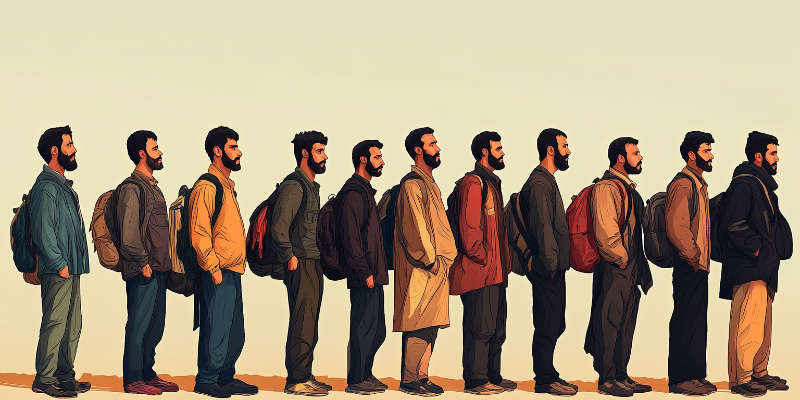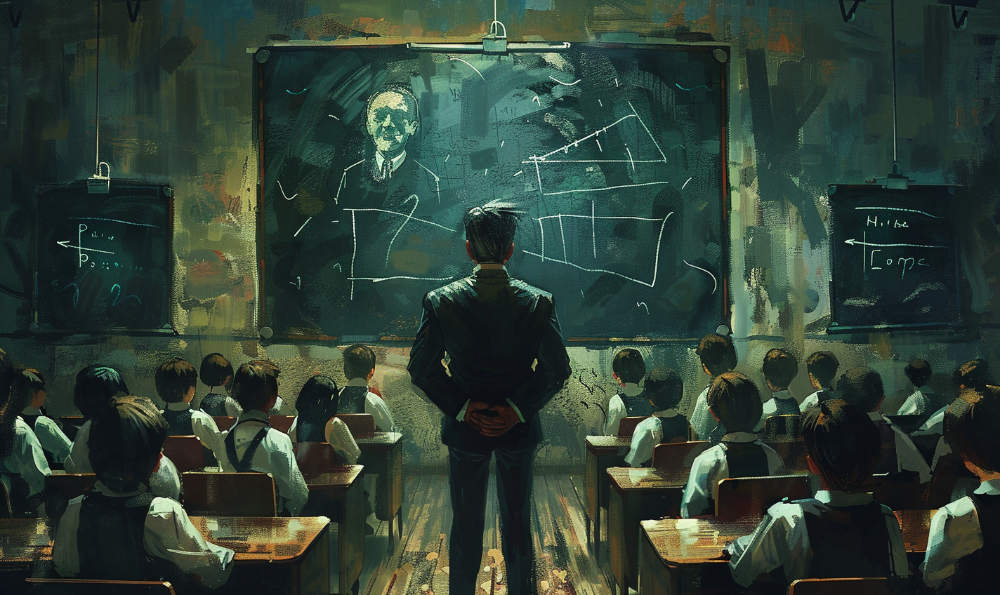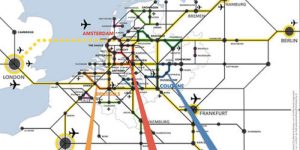The Refugee Crisis: Facts and Misconceptions

Refugee migration is often presented as a humanitarian necessity, with governments and organizations advocating for open borders to accommodate those fleeing war and persecution. However, data shows that the majority of so-called refugees do not meet the legal definition of a refugee under international law. Instead, many migrants come from countries that experience neither war nor state repression, raising questions about their true motives. Additionally, concerns are growing regarding the social and economic impact of large-scale refugee migration, particularly in terms of integration, security, and the sustainability of welfare systems.
Who Qualifies as a Refugee?
Legal Definition vs. Reality
According to the 1951 Refugee Convention, a refugee is someone who has fled their country due to a well-founded fear of persecution based on race, religion, nationality, political opinion, or membership in a particular social group (UNHCR, 2023). However, many asylum seekers arriving in Western countries today come from stable nations without active conflict or state repression. Data from the European Union Agency for Asylum (EUAA, 2022) shows that a significant portion of asylum seekers originate from countries such as Morocco, Algeria, and Tunisia—nations that are not experiencing war.
Economic Migrants Disguised as Refugees
Many people applying for asylum are, in reality, economic migrants seeking better living conditions rather than protection from persecution. A study by the Migration Policy Institute (2023) found that over 70% of asylum claims in recent years were rejected due to insufficient evidence of persecution. This suggests that a large portion of asylum seekers do not meet the legal refugee definition. The abuse of the asylum system places a significant burden on host countries and limits resources for genuine refugees who do need urgent protection.
The Economic and Social Burden of Refugee Migration
Limited Economic Contribution
Supporters of refugee migration argue that newcomers contribute to the economy by filling labor shortages. However, research from the Organisation for Economic Co-operation and Development (OECD, 2022) indicates that most asylum seekers and refugees remain unemployed for long periods due to language barriers, lack of skills, or limited motivation to integrate. In Germany, for example, only 17% of refugees found full-time employment within five years of arrival (German Institute for Economic Research, 2023). This leads to high dependency on social welfare programs, placing a heavy financial burden on taxpayers.
Cultural Tensions and Security Issues
Integration issues extend beyond the labor market. Several studies indicate rising crime rates in areas with high concentrations of refugees. Data from Eurostat (2023) shows that certain asylum-seeker groups are disproportionately represented in crime statistics, particularly regarding violent offenses and sexual crimes. Furthermore, cultural differences contribute to social tensions, especially concerning women’s rights, religious tolerance, and freedom of expression. Many European nations also struggle with radicalization within migrant communities, raising concerns about national security (Europol, 2022).
Policy Recommendations: Rethinking Refugee Migration
Stricter Asylum Procedures
Governments must reform their asylum policies to ensure that only genuine refugees receive protection. This includes faster processing of applications, immediate deportation of rejected asylum seekers, and stricter border controls to prevent illegal entry. Countries like Denmark and Australia have successfully reduced the number of baseless asylum claims through strict border measures and offshore asylum processing (Danish Immigration Service, 2022).
Prioritizing Local Stability and Regional Solutions
Rather than relocating large numbers of migrants to distant countries, international aid should focus on stabilizing conflict regions and supporting refugees in neighboring countries. Investments in regional refugee camps and economic development initiatives can help displaced people without overwhelming host societies. The UN Refugee Convention highlights the importance of regional solutions, yet Western countries continue to accept a disproportionate number of migrants (UNHCR, 2022).
Conclusion
While genuine refugees deserve protection and support, the current refugee migration system is frequently exploited by economic migrants who do not meet the legal refugee definition. This has led to economic strain, social tensions, and security challenges in host countries. Stricter policies, targeted regional assistance, and responsible migration management are necessary to address these issues. Governments must prioritize the interests of their own citizens while maintaining a realistic and effective approach to humanitarian aid.
References
- Danish Immigration Service. (2022). “Evaluation of Danish Asylum Policy: Successes and Challenges.”
- Europol. (2022). “European Security Threats? Trends in Migration and Radicalization.”
- European Union Agency for Asylum (EUAA). (2022). “Annual Report on Asylum Trends in Europe.”
- Eurostat. (2023). “Crime Statistics and the Impact of Asylum Migration.”
- German Institute for Economic Research. (2023). “The Economic Integration of Refugees in Germany.”
- Migration Policy Institute. (2023). “Asylum Migration in Europe: Facts and Policy Challenges.”
- Organisation for Economic Co-operation and Development (OECD). (2022). “The Economic Impact of Asylum Migration in Developed Countries.”
- UNHCR. (2022). “The Global Compact on Refugees: Policy and Implementation.”
- UNHCR. (2023). “The 1951 Refugee Convention: Definitions and Legal Frameworks.”


















